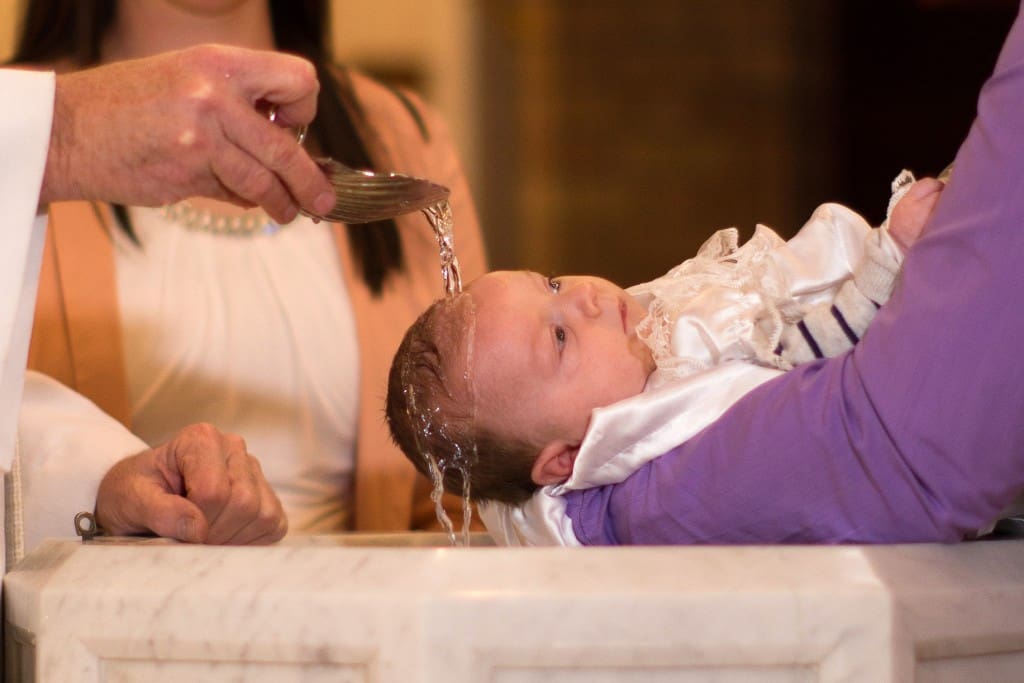Philadelphia, PA (CNA)—A new sacrament formation program for the deaf and hard of hearing is offering adult catechetical information in American Sign Language.
Designed by Ascension Press, Hands of Grace: The Catholic Sacraments in American Sign Language became available on January 6. It was developed by Father Sean Loomis, the chaplain for the Deaf Apostolate for the Archdiocese of Philadelphia.
Creators of the new project hope the materials, designed specifically for the deaf community, can fill in gaps left by other catechetical programs and address some of the unique challenges faced by the hearing impaired, who may struggle with participating in Mass, Confession, and the Catholic community.
“A huge challenge among the deaf is that they are very uncatechized, and while that is certainly the case with the vast majority of Catholics, that catechesis is impoverished in a significant way” for those who are deaf, Loomis told CNA.
“Most deaf people at this point aren’t even interested. They already feel turned off,” he said. “So like 1% of deaf people even go to church because they feel like the church of any denomination really has nothing to offer them.”
The new project offers three-part videos on each sacrament. Each segment is about 6-10 minutes long, and together they discuss the presence of the sacrament in scripture and tradition, the theology of the sacrament, and the sacrament’s personal significance.
“The first video…[introduces] them to the scriptural defense of where Christ established the sacraments so that they get exposed to the Word of God as well as the writings of the Church fathers…. So that they see what the Catholic Church believes is not something we fabricated somewhere along the way, but has been the same belief from the very beginning age of the Church all the way until now,” he said.
“The second video for every sacrament…is about the theology of it,” he said. “It’s the catechesis behind it. It’s what’s really going on in the divine plan when this sacrament is received. So it’s sort of the dogmatic approach.”
“The third one is about living the grace. So now that you are a baptized individual, for example, what does that mean about your life? I want them to practice the mental exercise of taking theory and abstract theology and applying it concretely to their very individual and specific life,” he added.
The program also includes a workbook, which offers quotes from saints and the Catechism of the Catholic Church, as well as works of art. Loomis stressed the value of artwork as a visual stimulus for deaf Catholics to pray and learn about Church history.
“I also have Visio Divina,” he said, a type of prayer “where they look at a piece of artwork and learn how to read that Christian art to see what it is that they actually believe. In that way, I’m trying to expose them to the wealth of the Christian artwork that has been part of our heritage.”
“That is specifically something I thought would help them encounter God in a way that’s unique to their culture and their specific needs.”
Father Loomis is not deaf, but began learning American Sign Language during seminary, after being asked to consider deaf ministry. He practiced sign language each week with a local deaf man to gain proficiency.
After years of practice, Father Loomis said he has come to better understand the isolation and misunderstanding that often faces the deaf community. The Sacrament of Reconciliation is particularly challenging, he said.
“They can go to a hearing priest and write their sins down on a sheet of paper, which some will do. And of course, they experience a diminished satisfaction with that since they can’t receive any feedback from the priest…. They’re not consoled by the words of absolution because they can’t hear them.”
Under Father Loomis’ leadership, the Deaf Apostolate for the Archdiocese of Philadelphia has been able to designate interpreters for 13 different churches, and to offer a Mass entirely in American Sign Language.
“When I offer Mass, I don’t voice it and then have an interpreter stand nearby. I do the entire thing in American Sign Language so that they can experience the incarnation of Christ who comes to them as they are, in persona Christi, through my priesthood,” he said.

